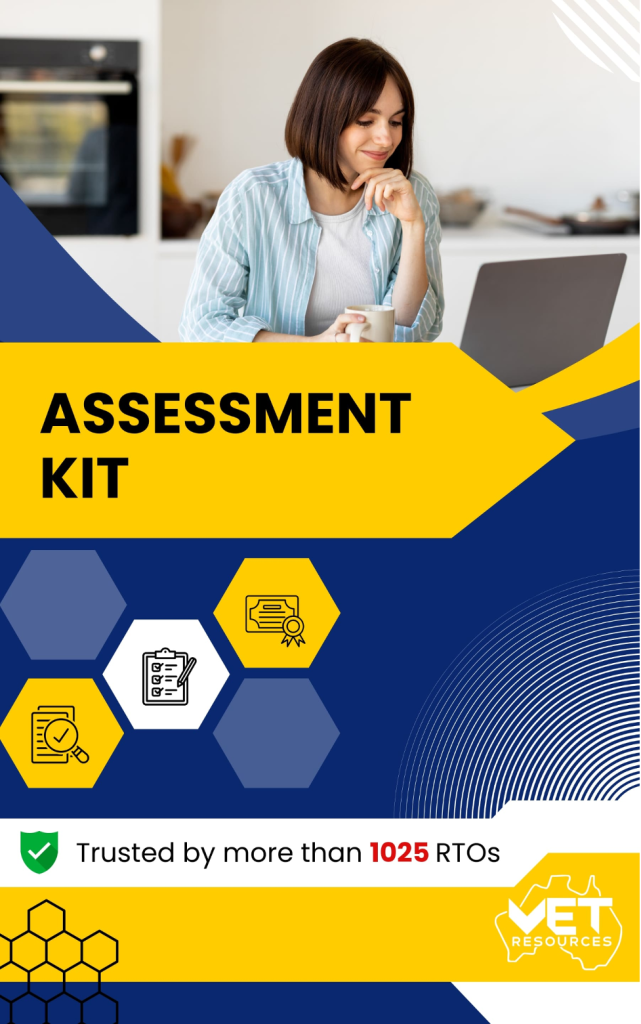The Electrotechnology industry in Australia is evolving rapidly, with increasing demand for skilled professionals in electrical system design, installation, and diagnostics. Two essential units for those looking to build their expertise in this field are UEECD0007 – Apply Work Health and Safety (WHS) Regulations, Codes and Practices in the Workplace and UEEEL0012 – Install Low Voltage Wiring and Accessories. These units form a critical foundation for ensuring workplace safety and competency in electrical installations.
In this blog, we’ll break down these units, highlighting their significance, key competencies, and practical applications.
Understanding UEECD0007: Apply Work Health and Safety (WHS) Regulations, Codes and Practices in the Workplace
What is UEECD02007?
The UEECD0007 unit focuses on the application of WHS protocols in the Electrotechnology workplace. Whether you’re working on new installations or maintaining existing electrical systems, following WHS regulations is non-negotiable for safety and compliance.
Key Competencies in UEECD0007
1. Identifying Hazards and Risks:
- Recognising potential hazards in the workplace.
- Conducting thorough risk assessments.
2. Implementing Control Measures:
- Developing and applying safety measures to mitigate risks.
- Using personal protective equipment (PPE) as per guidelines.
3. Understanding WHS Codes and Regulations:
- Staying compliant with Australian Standards (AS/NZS 3000).
- Adhering to Safe Work Australia guidelines.
4. Emergency Procedures and Reporting:
- Knowing how to respond to electrical accidents and fires.
- Completing incident reports accurately.
Why UEECD0007 is Essential for Electricians
The Electrotechnology workplace involves high-risk tasks, such as handling live electrical circuits and heavy machinery. By mastering UEECD0007, professionals can ensure their safety and the safety of their team while meeting regulatory requirements.

Diving into UEEEL0012: Install Low Voltage Wiring and Accessories
What is UEEEL0012?
The UEEEL0012 unit focuses on installing low-voltage wiring and accessories, a crucial skill for electricians involved in residential, commercial, and industrial projects. This unit equips learners with the technical skills needed to handle low-voltage systems safely and efficiently.
Key Competencies in UEEEL0012
1. Preparing for Installation:
- Reading and interpreting wiring diagrams.
- Selecting appropriate tools, equipment, and materials.
2. Installation Process:
- Installing conduits, junction boxes, and low-voltage wiring.
- Ensuring connections comply with wiring regulations.
3. Testing and Troubleshooting:
- Performing continuity, insulation resistance, and polarity tests.
- Identifying and rectifying faults in wiring installations.
4. Final Documentation:
- Completing job cards with details of installations and tests conducted.
- Following up on post-installation maintenance schedules.
Why UEEEL0012 is Critical for Career Growth
Proficiency in installing low-voltage systems opens doors to diverse roles, including electrical contracting, maintenance work, and construction projects. By mastering UEEEL0012, learners can demonstrate their ability to perform safe, compliant, and efficient electrical installations.
Industry Applications of UEECD0007 and UEEEL0012
Both UEECD0007 and UEEEL0012 have direct applications in real-world scenarios:
- Residential Projects: Installing power points, light fittings, and safety switches in homes.
- Commercial Buildings: Ensuring compliant electrical wiring in offices and retail spaces.
- Industrial Sites: Implementing robust wiring solutions in factories and warehouses.
Compliance with UEECD0007 ensures that safety protocols are followed during these projects, while UEEEL0012 ensures the technical aspects of wiring installations are executed to industry standards.
Tips to Excel in UEECD0007 and UEEEL0012
1. Stay Updated on WHS Regulations:
- WHS regulations and Australian electrical standards evolve over time. Stay informed by subscribing to updates from regulatory bodies like Safe Work Australia and Energy Safe Victoria.
2. Practice with Real Scenarios:
- Work on mock installations to build hands-on experience in reading wiring diagrams, selecting tools, and testing circuits.
3. Invest in Quality Tools:
- Ensure you have a well-maintained set of industry-approved tools to perform tasks safely and efficiently.
4. Attend Industry Workshops:
- Join workshops or webinars that cover changes in wiring standards, emerging technologies, and advanced troubleshooting techniques.
Future Career Opportunities with UEECD0007 and UEEEL0012
Completing UEECD0007 and UEEEL0012 provides a competitive edge in the Electrotechnology sector. Some career pathways include:
- Electrician (Residential and Commercial)
- Electrical Maintenance Technician
- Electrical Systems Installer
- Industrial Electrician
These roles offer promising salaries and opportunities for growth, with demand expected to rise as Australia continues to invest in infrastructure and renewable energy projects.
Conclusion
Mastering UEECD0007 – Apply WHS Regulations, Codes and Practices in the Workplace and UEEEL0012 – Install Low Voltage Wiring and Accessories is crucial for anyone pursuing a successful career in Electrotechnology. By understanding safety regulations and honing technical installation skills, you’ll be equipped to excel in a competitive industry and contribute to safer, more efficient electrical systems across Australia.
For more insights into Electrotechnology training and RTO resources, contact our team at VET Advisory Group today!
Call to Action (CTA):
🔌 Ready to take your Electrotechnology skills to the next level? Visit our website for detailed course information or connect with our expert consultants to guide you through your learning journey!







